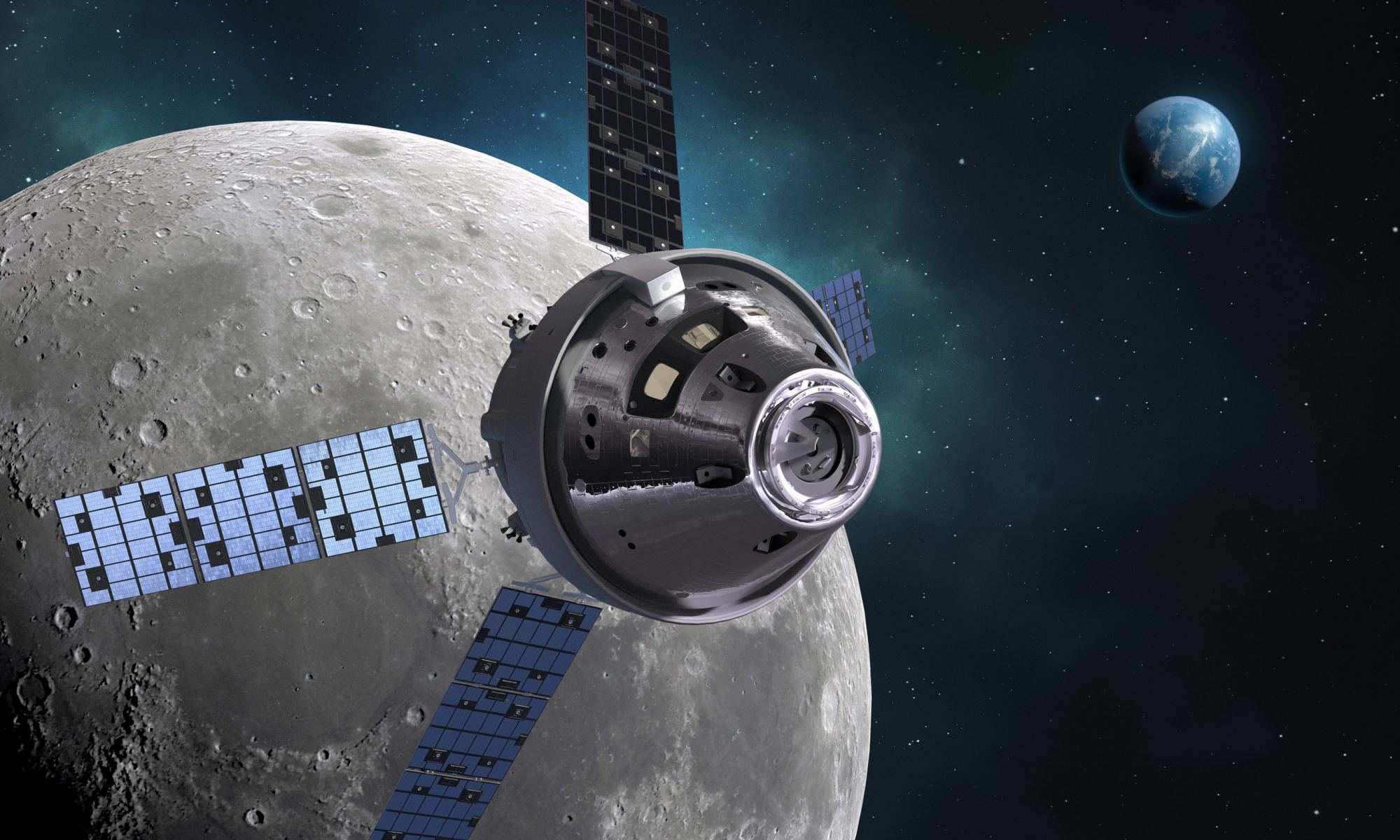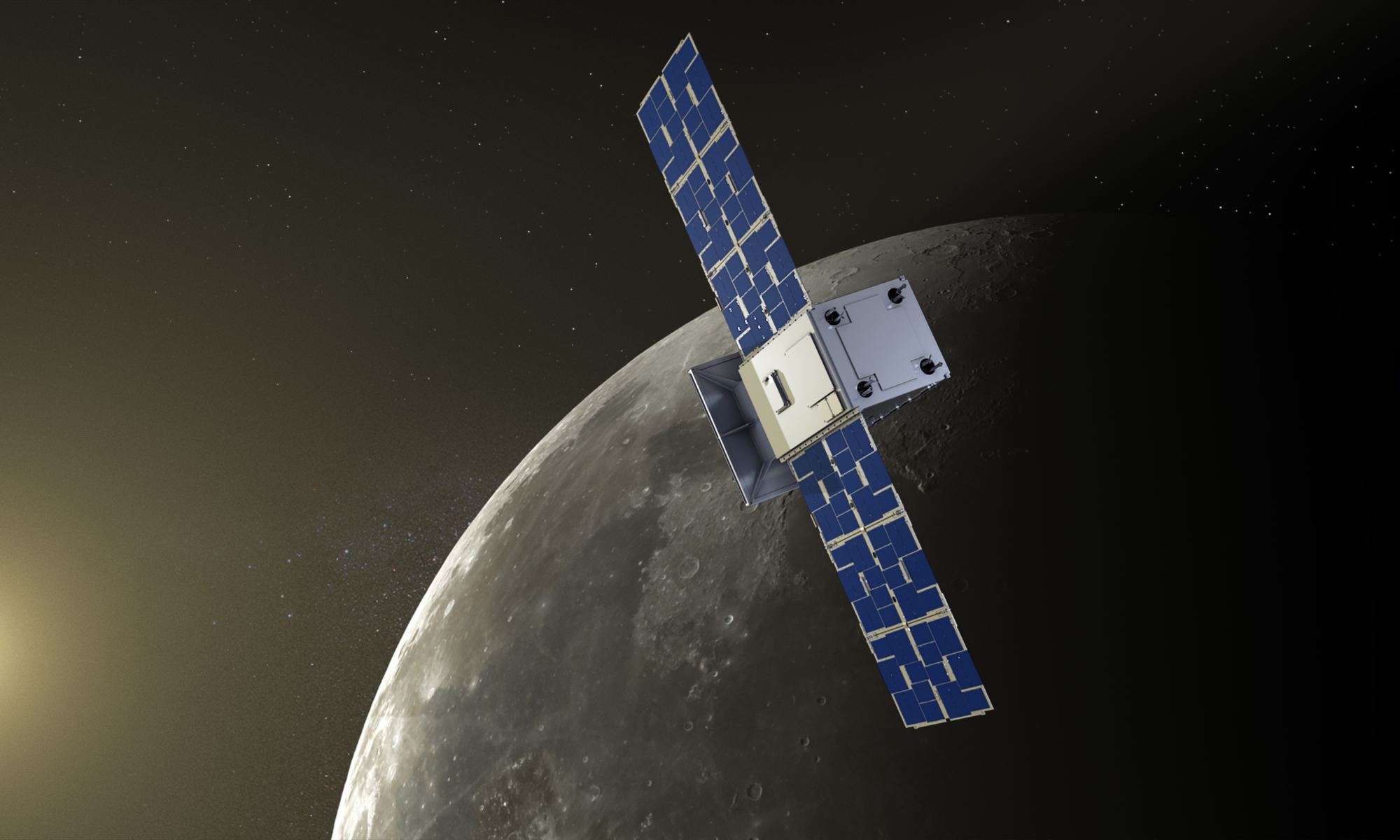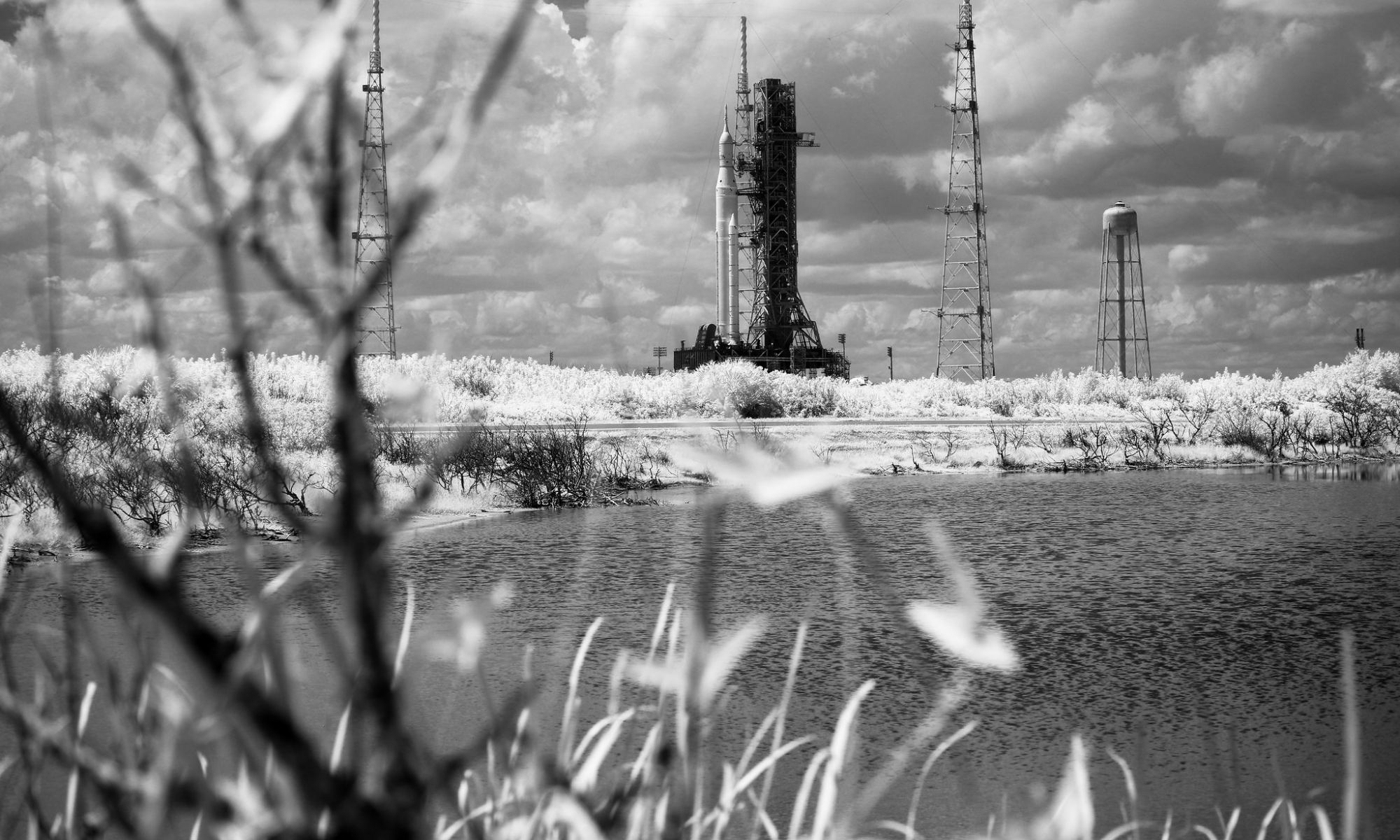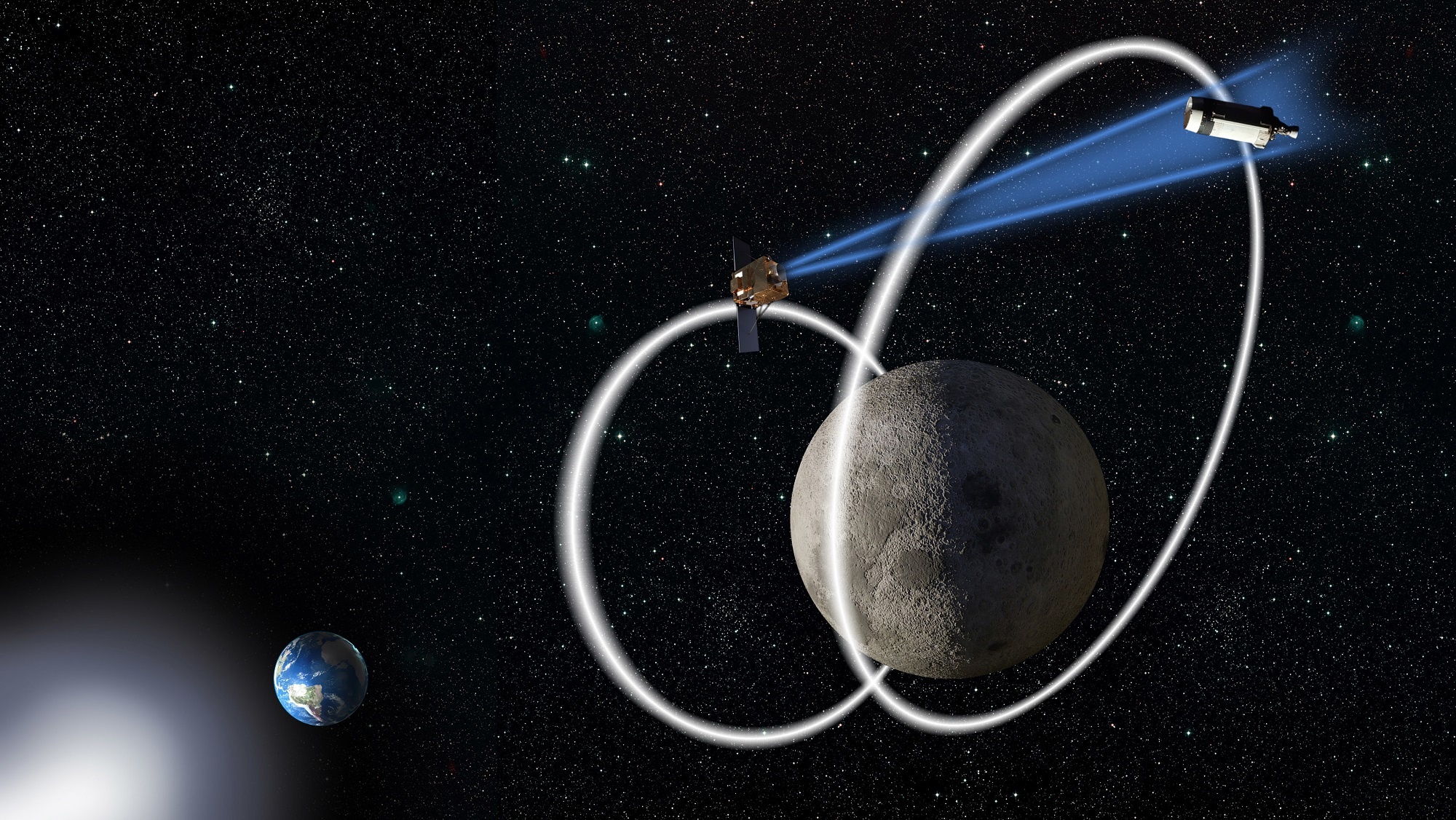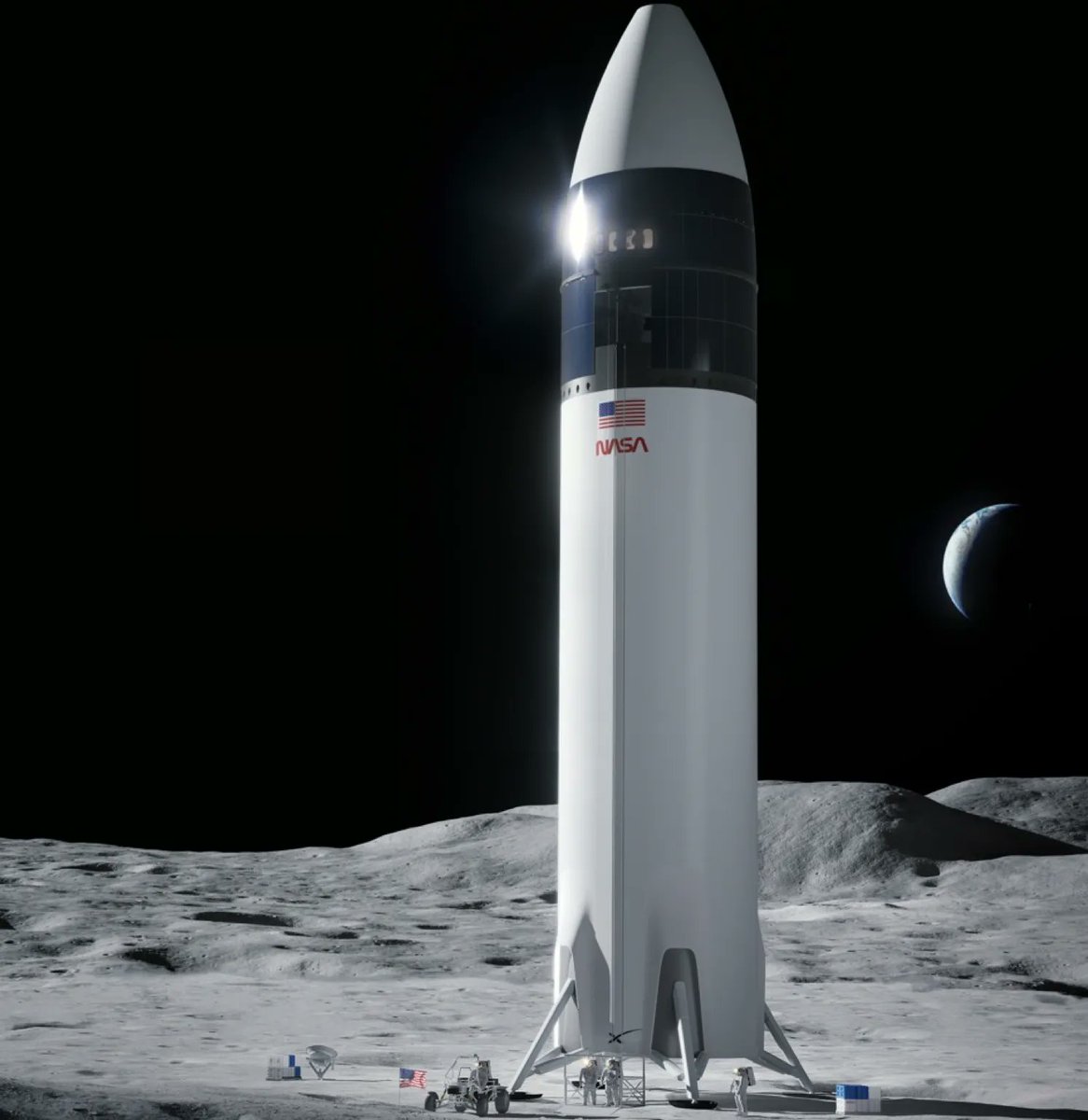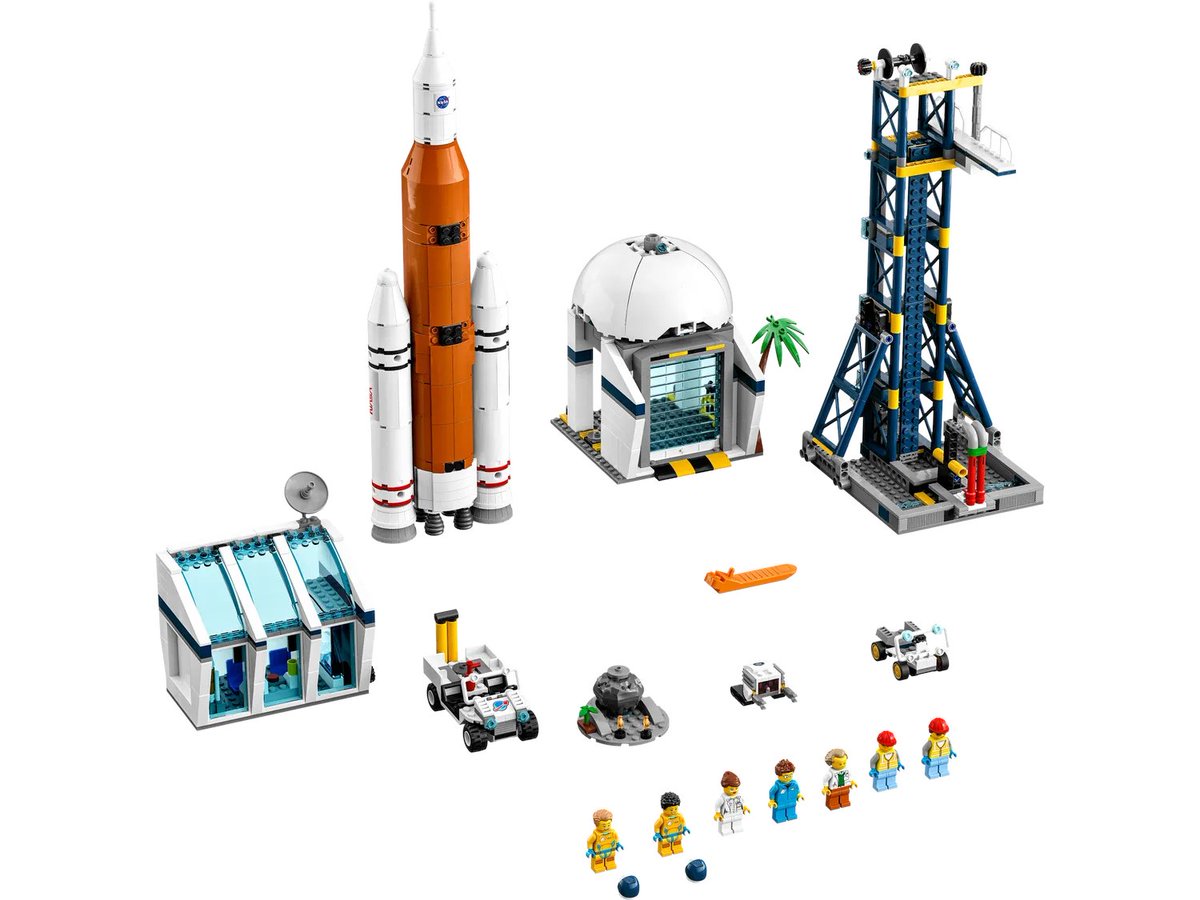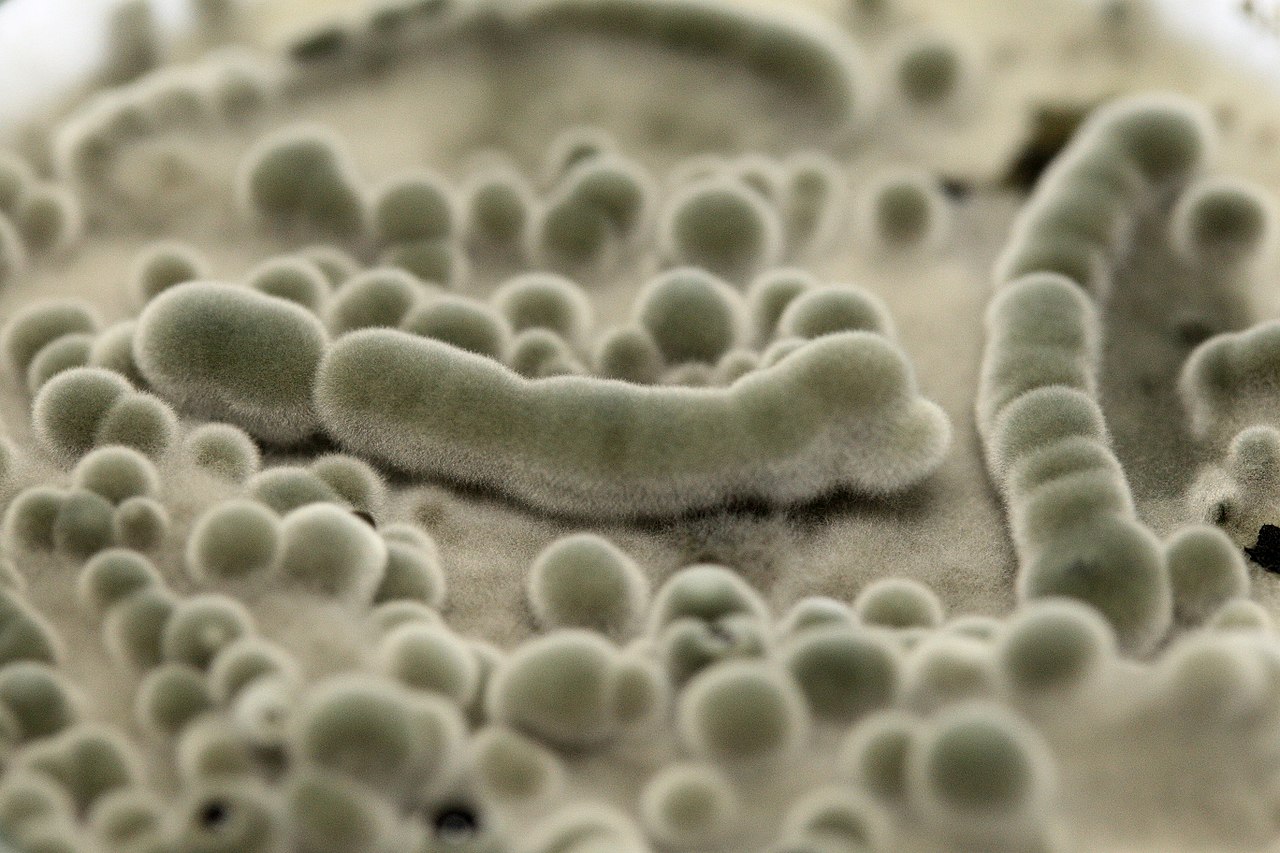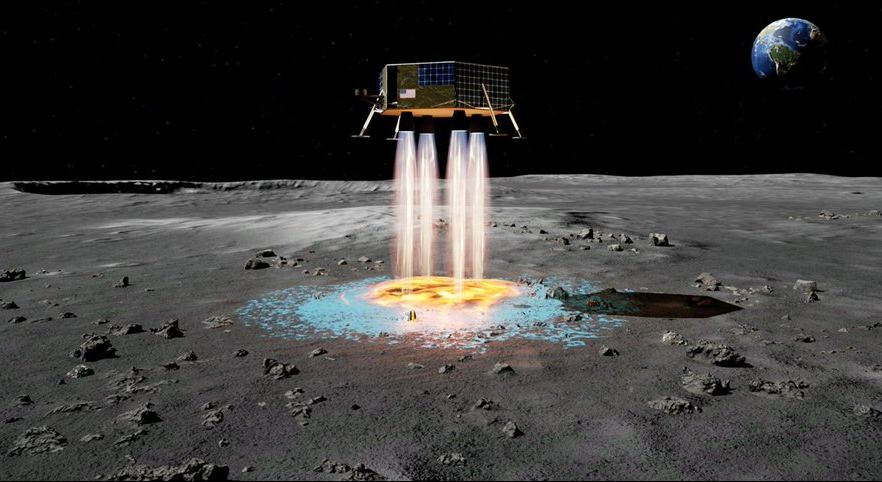Lockheed Martin announced that NASA has ordered three more Orion spacecraft for future Artemis missions. The new order includes capsules for the Artemis VI, VII and VII missions, which are expected to launch in the late 2020s to early 2030s. The three additional capsules are on order for $1.99 billion.
Continue reading “NASA Just Ordered Three More Orion Capsules, for Artemis VI, VII, and VIII”NASA Just Ordered Three More Orion Capsules, for Artemis VI, VII, and VIII
